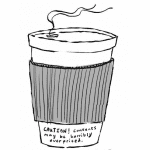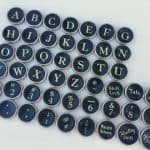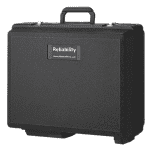
I find it interesting when high end brands look to maximize profit by going for the money grab of lowering quality while maintaining price point. It seems so foolishly short sighted. The amountof work that goes into creating a highly reputable brand is extensive and decades in the making. Brands can be tarnished very quick and very difficult to recover. So why do this? A few reasons I have seen:
















